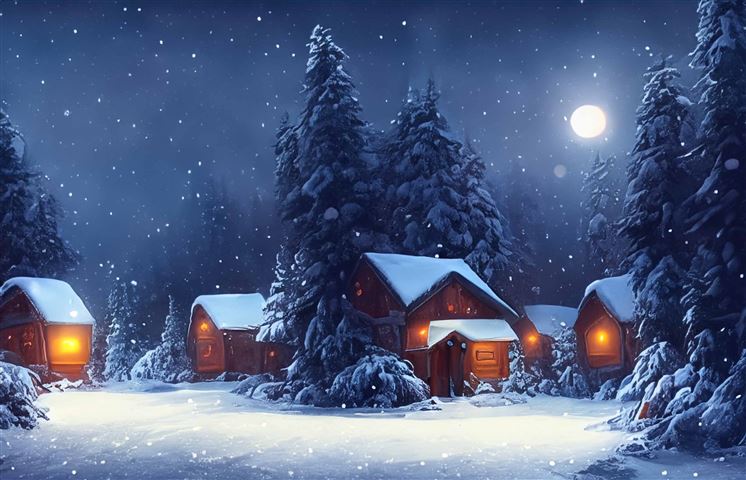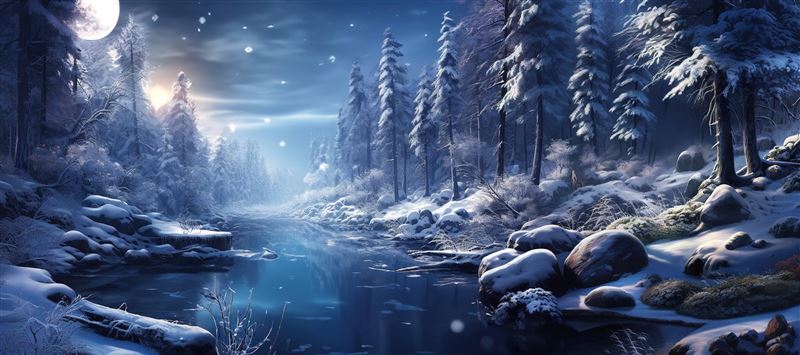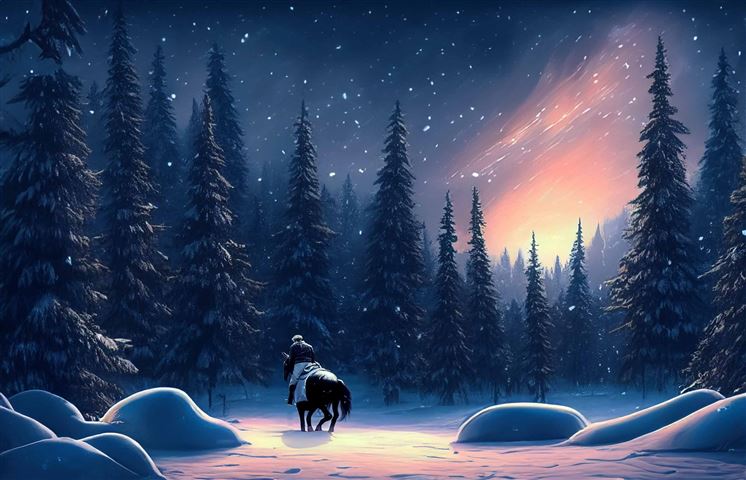Robert Frost's poem "" is a masterpiece of winter imagery. Written in 1922, it captures the beauty and stillness of a snowy winter night. Frost's vivid imagery and descriptive language transport the reader to a serene and peaceful winter landscape. This article will explore how Frost paints powerful winter imagery in "Stopping by Woods on a Snowy Evening."
The Opening Lines

The poem begins with the famous lines, "Whose woods these are I think I know. / His house is in the village, though." These lines immediately set the scene for the reader. We can imagine a small village in the woods, surrounded by snow-covered trees. The word "though" also hints at the speaker's desire to escape the village and enter the peacefulness of the woods.
Whose woods these are I think I know.
His house is in the village though;
He will not see me stopping here
To watch his woods fill up with snow.
The Snowy Evening
As the speaker continues his journey, he describes the "frozen lake" and the "darkest evening of the year." These descriptions create a sense of stillness and quietness as if the world has been frozen in time. The word "darkest" also adds a sense of mystery and intrigue to the scene. The reader can almost feel the chill in the air and see the snowflakes falling gently to the ground.

My little horse must think it queer
To stop without a farmhouse near
Between the woods and frozen lake
The darkest evening of the year.
The Horse
Robert Frost's poem features a horse as one of the key elements. The horse, belonging to the speaker, becomes restless and shakes his harness bells as if to question the speaker's decision to stop and admire the beautiful, snowy woods. The horse's actions suggest a desire to keep moving, highlighting the speaker's conflicting desires between staying to appreciate nature's beauty and fulfilling his responsibilities.
He gives his harness bells a shake
To ask if there is some mistake.
The only other sound’s the sweep
Of easy wind and downy flake.
The Woods
The poem's final stanza is perhaps the most powerful in terms of winter imagery. The speaker says, "The woods are lovely, dark and deep, / But I have promises to keep, / And miles to go before I sleep." These lines convey the speaker's reluctance to leave the peacefulness of the woods for the harsh reality of the outside world and personal obligations.
The woods are lovely, dark and deep,
But I have promises to keep,
And miles to go before I sleep,
And miles to go before I sleep.

Conclusion
Robert Frost's "Stopping by Woods on a Snowy Evening" is a masterful portrayal of winter imagery. Using descriptive language and vivid imagery, Frost transports the reader to a serene and peaceful winter landscape. The poem is a testament to the power of words and the beauty of nature, and it continues to captivate readers over 100 years after its initial publication.